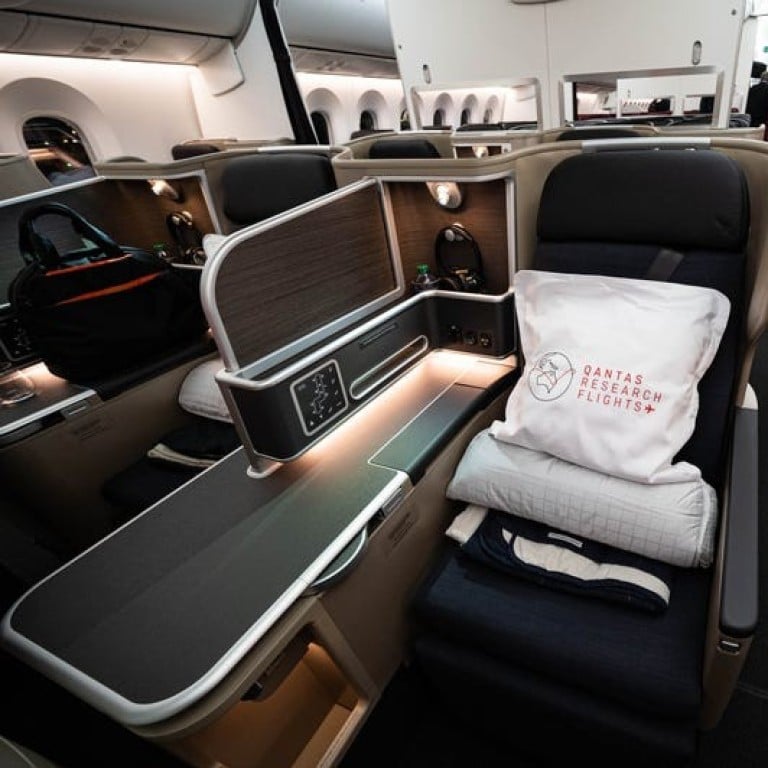How comfortable are Qantas’ seats on the world’s longest flight from New York to Sydney?

Each of the three classes – business, premium economy and coach – has additional features to make the 9,950-mile flight more tolerable, writes David Slotnick
When Qantas ran a test of the world’s longest flight, a nonstop from New York to Sydney, Australia, the airline used a new 787-9 aeroplane.
However, the plane only had 40 people on board (including this reporter).
That’s because the plane doesn't have the necessary range to make it the 9,950 mile flight with a full load of passengers and crew. Instead, Qantas was using the mostly empty flight to research how pilots, cabin crews, and passengers cope with the long flight time.
Qantas uses the 787-9 for its current longest flight, a 9,000 mile jaunt between Perth and London, currently the third-longest in the world.
The plane has three classes – business, premium economy and coach – and I spent time sitting in all three. On the flight home, which involved a brief stop at LAX, I was in coach the whole way.
The seats in each cabin have a few features to make ultra-long-haul flights more tolerable. Here’s what they’re like to fly in.
On a 20-hour flight, business class is obviously the most comfortable, and most expensive, option.

On the Boeing 787-9 Dreamliner that operated the test flight, the business-class cabin is split into two sections: a larger cabin to the left of the boarding door, and a smaller “mini cabin” with just three rows to the right.
I was in the smaller cabin, further back.
Here’s my seat, 11E. Each of Qantas’ business-class seats has a small side table and is consequently staggered, meaning some seats have the table between the seat and the aisle, and others, like mine, are directly against the aisle and have the table on the inside. On some planes, this can feel a lot less private and make sleeping a bit harder, though it certainly wasn’t an issue on this flight.